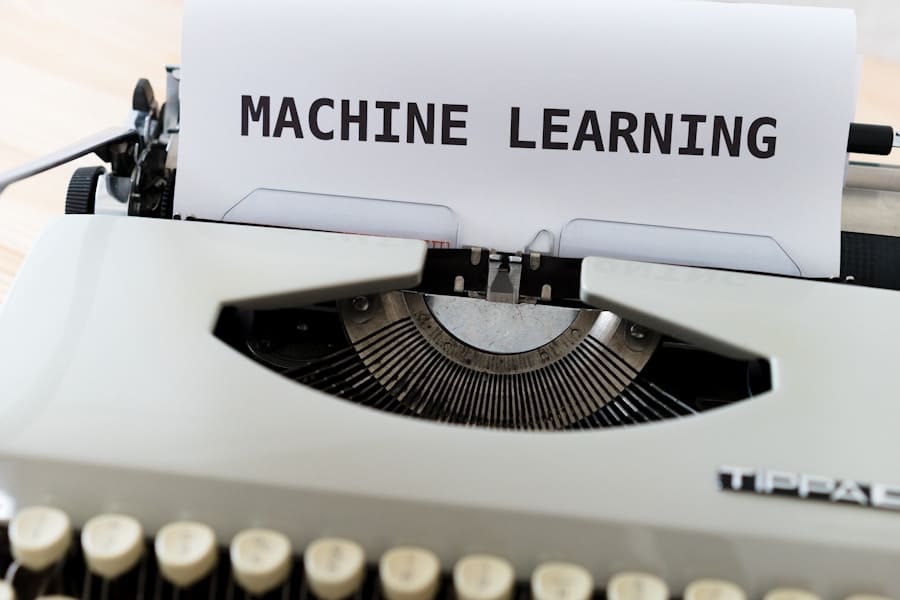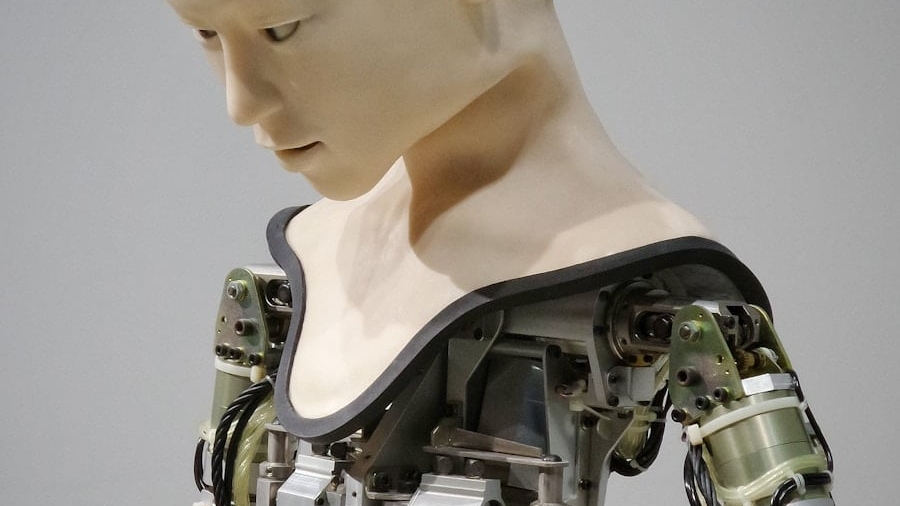In the rapidly evolving landscape of artificial intelligence, the emergence of zero-shot and few-shot learning models has marked a significant paradigm shift in how machines learn from data. Traditional machine learning approaches typically require vast amounts of labeled data to train models effectively. However, zero-shot and few-shot learning challenge this norm by enabling models to generalize from limited examples or even none at all.
Zero-shot learning refers to the ability of a model to recognize and classify objects or concepts that it has never encountered during training, relying instead on semantic relationships and contextual knowledge. Conversely, few-shot learning allows models to learn from a minimal number of labeled examples, often as few as one or five, making it particularly useful in scenarios where data is scarce or expensive to obtain. The significance of these learning paradigms lies in their potential to reduce the dependency on large datasets, which can be a bottleneck in many AI applications.
For instance, in fields like medical imaging or rare species identification, acquiring sufficient labeled data can be prohibitively difficult. Zero-shot and few-shot learning models leverage pre-existing knowledge and transfer learning techniques to make educated predictions about new classes or categories. This capability not only enhances the efficiency of AI systems but also opens up new avenues for innovation across various sectors, from healthcare to natural language processing.
Key Takeaways
- Zero-shot and few-shot learning models are revolutionizing the field of artificial intelligence by enabling machines to learn from limited or no labeled data.
- These models offer the advantage of flexibility and adaptability, but they also have limitations in terms of performance and generalization to new tasks.
- Zero-shot and few-shot learning have diverse applications, including image recognition, natural language processing, and recommendation systems.
- Challenges in these learning models include data scarcity, model complexity, and the need for continual improvement in performance.
- Ethical considerations in zero-shot and few-shot learning include bias, privacy, and the potential impact on job displacement and societal inequality.
Advantages and Limitations of Zero-Shot and Few-Shot Learning
The advantages of zero-shot and few-shot learning are manifold, particularly in their ability to operate effectively in data-scarce environments. One of the most compelling benefits is their capacity for rapid adaptation. In dynamic fields where new classes or categories frequently emerge, such as fashion or technology, these models can quickly incorporate new information without the need for extensive retraining.
This agility allows businesses to stay ahead of trends and respond promptly to market demands. Additionally, these learning paradigms can significantly reduce the costs associated with data labeling, which can be both time-consuming and labor-intensive. By minimizing the need for large annotated datasets, organizations can allocate resources more efficiently.
However, despite their advantages, zero-shot and few-shot learning models are not without limitations. One major challenge is their reliance on the quality of the semantic information used for generalization. If the underlying relationships between classes are poorly defined or if the model lacks sufficient contextual understanding, its performance can suffer dramatically.
Furthermore, few-shot learning models may struggle with class imbalance, where certain classes have significantly more examples than others, leading to biased predictions. The effectiveness of these models is also contingent upon the architecture and training methodologies employed; poorly designed models may fail to capture the nuances necessary for accurate classification.
Applications of Zero-Shot and Few-Shot Learning Models

Zero-shot and few-shot learning models have found applications across a diverse array of fields, showcasing their versatility and effectiveness. In natural language processing (NLP), for instance, these models have been employed in tasks such as sentiment analysis and text classification. By leveraging pre-trained language models like BERT or GPT-3, researchers can fine-tune these systems with minimal labeled data to achieve impressive results in understanding context and sentiment without extensive retraining on specific datasets.
This capability is particularly valuable in applications like customer feedback analysis, where new products or services may require immediate insights based on limited user interactions. In the realm of computer vision, zero-shot and few-shot learning have been instrumental in advancing image recognition tasks. For example, a model trained on a wide variety of animal images can be adapted to recognize a new species it has never seen before by utilizing descriptive attributes such as color, size, or habitat.
This approach has significant implications for wildlife conservation efforts, where identifying rare species from limited photographic evidence can aid in monitoring biodiversity.
Challenges and Future Developments in Zero-Shot and Few-Shot Learning
Despite the promising applications of zero-shot and few-shot learning models, several challenges remain that researchers are actively working to address. One significant hurdle is the need for robust feature representations that can effectively capture the relationships between classes. Current models often rely on embeddings derived from pre-trained networks; however, these embeddings may not always encapsulate the necessary semantic information for accurate generalization.
Future developments may focus on enhancing these representations through advanced techniques such as graph neural networks or attention mechanisms that better model inter-class relationships. Another challenge lies in the evaluation metrics used to assess the performance of zero-shot and few-shot learning models. Traditional metrics may not adequately reflect the unique aspects of these paradigms, leading to potential misinterpretations of model efficacy.
Researchers are exploring new evaluation frameworks that consider factors such as generalization ability and robustness against adversarial examples. As these models continue to evolve, there is a growing emphasis on developing standardized benchmarks that facilitate fair comparisons across different approaches.
Ethical Considerations in Zero-Shot and Few-Shot Learning
As with any emerging technology, ethical considerations surrounding zero-shot and few-shot learning are paramount. One primary concern is the potential for bias in model predictions due to skewed training data or inadequate representation of certain classes. If a model is trained predominantly on data from specific demographics or contexts, it may inadvertently perpetuate existing biases when applied to broader populations.
This issue is particularly critical in sensitive applications such as hiring algorithms or law enforcement tools, where biased outcomes can have significant societal implications. Moreover, the transparency of decision-making processes in AI systems utilizing these learning paradigms raises ethical questions about accountability and trustworthiness. Stakeholders must ensure that these models are interpretable and that their predictions can be traced back to understandable reasoning processes.
As zero-shot and few-shot learning become more prevalent in high-stakes environments, establishing ethical guidelines and frameworks will be essential to mitigate risks associated with misuse or unintended consequences.
Impact of Zero-Shot and Few-Shot Learning on Industries and Society

Revolutionizing Healthcare Diagnostics
In healthcare, these models can revolutionize diagnostics by enabling rapid identification of rare diseases with minimal data input. This capability not only enhances patient outcomes but also streamlines healthcare processes by reducing the time required for diagnosis and treatment planning. As a result, healthcare providers can allocate resources more effectively while improving overall patient care.
Personalized Recommendations in E-commerce and Marketing
In the realm of e-commerce and marketing, zero-shot and few-shot learning facilitate personalized recommendations based on limited user interactions. By understanding user preferences with minimal data points, businesses can tailor their offerings more precisely, enhancing customer satisfaction and loyalty.
Leveling the Playing Field for Small Businesses
This adaptability is crucial in an increasingly competitive market where consumer expectations are continually evolving. Furthermore, as these technologies become more accessible, small businesses can leverage advanced AI capabilities without the need for extensive data resources, leveling the playing field against larger corporations.
Comparison with Traditional AI Learning Models
When comparing zero-shot and few-shot learning with traditional AI learning models, several key differences emerge that highlight their respective strengths and weaknesses. Traditional machine learning approaches typically rely on supervised learning paradigms that necessitate large amounts of labeled data for effective training. This requirement often leads to challenges related to data acquisition, labeling costs, and scalability.
In contrast, zero-shot and few-shot learning models circumvent these limitations by enabling generalization from minimal examples or even none at all. Moreover, traditional models often struggle with adaptability when faced with new classes or categories that were not part of their training dataset. In contrast, zero-shot learning excels in this area by leveraging semantic relationships to make informed predictions about unseen classes based on their attributes or descriptions.
Few-shot learning also offers enhanced adaptability by allowing models to learn quickly from a small number of examples, making them particularly suited for dynamic environments where rapid changes occur frequently.
The Future Potential of Zero-Shot and Few-Shot AI Learning Models
The future potential of zero-shot and few-shot AI learning models is vast and multifaceted. As research continues to advance in this domain, we can expect significant improvements in model architectures, training methodologies, and evaluation frameworks that will enhance their effectiveness across various applications. The ability to learn from limited data not only addresses critical challenges in data-scarce environments but also paves the way for more inclusive AI systems that can cater to diverse populations.
Furthermore, as ethical considerations gain prominence in AI development, there will be an increasing focus on ensuring fairness and transparency in zero-shot and few-shot learning applications. By addressing biases and enhancing interpretability, stakeholders can foster trust in these technologies while maximizing their societal benefits. Ultimately, as industries continue to embrace these innovative learning paradigms, we stand on the brink of a new era in artificial intelligence—one characterized by adaptability, efficiency, and a commitment to ethical practices that prioritize human well-being alongside technological advancement.

